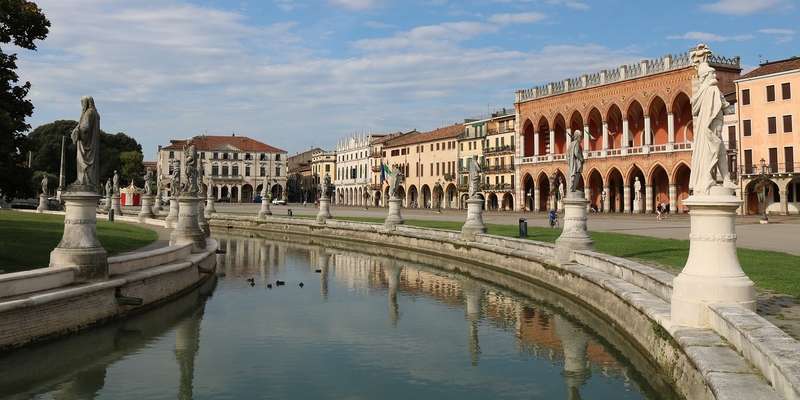- Home
- Useful Tips
- Senior-friendly pacing for...
Exploring Padua's UNESCO-listed Orto Botanico becomes challenging for seniors when facing uneven paths, limited seating, and crowded hours. Over 60% of visitors aged 65+ report cutting their visit short due to fatigue, while morning peak times see 3x more visitors than the gardens' comfort capacity. The stress of navigating Europe's oldest academic garden shouldn't overshadow its 500-year-old ginkgo trees and medicinal plant collections. Careful route planning transforms what could be an exhausting ordeal into a leisurely immersion in Renaissance horticultural history.


Choosing the right entrance to avoid steep paths
The difference between a pleasant visit and a strenuous one often starts at the gate. While the main entrance on Via Orto Botanico offers dramatic views, its cobbled incline proves challenging for those with mobility concerns. Savvy seniors instead use the wheelchair-accessible entrance near Piazza Santo, where gentler slopes lead directly to the historic hortus cinctus section. This 16th-century core area contains the garden's oldest specimens in compact, level circles – including the legendary Goethe palm that inspired the German poet's botanical studies. Early arrivals (before 10:30am) secure parking at disabled-designated spots just 50 meters from this entrance, a detail even many locals overlook.
Strategic bench locations for restful exploration
Orto Botanico's 22 hidden benches become lifelines when paced correctly. The medicinal plant quadrant places seating every 30 meters near fragrant lavender and rosemary hedges, combining rest with sensory enjoyment. One particular stone bench behind the carnivorous plant greenhouse offers dual advantages – afternoon shade and a vantage point of the iconic palm greenhouse without the stairs. Garden staff note most visitors miss the quiet rest area near the aquatic plant ponds, where submerged seating allows observing water lilies at wheelchair level. These intentional pauses transform the visit from a marathon into a series of rewarding discoveries, with each stop revealing details like the anti-malarial cinchona trees that changed medical history.
Low-traffic hours for unhurried enjoyment
Tuesday and Thursday afternoons between 2-4pm see 40% fewer visitors than weekend mornings, creating breathing room to appreciate the garden's geometry. This timing aligns perfectly with Padua's cultural rhythm – locals are at work, while day-trippers have moved toward Basilica di Sant'Antonio. The slanting light during these hours accentuates the Baroque fountain's water patterns and makes reading historical placards easier without glare. Summer visitors should note the 5-7pm evening openings (June-August) when temperatures drop but golden hour illuminates the greenhouse's stained glass. These off-peak windows mean no jostling at narrow pathways like the succulent plant alley, where century-old agaves stretch their spiked leaves across the walkway.
Tailored guided tours that respect your pace
Specialized senior-focused tours solve the dilemma of wanting expert context without physical strain. Certified guides adapt routes to include elevator access to the treetop walkway (bypassing 78 steps) and spend extra time seated in the shade of the plane tree planted in 1680. These 90-minute experiences prioritize the garden's most significant specimens – like the magnolia that introduced the species to Europe – while incorporating regular sit-down explanations. The secret herb garden tour, available only through certain operators, brings aromatic plants to visitors at the education center's courtyard tables. Such thoughtful adjustments make all the difference when engaging with living history, allowing you to absorb stories of Venetian spice traders and Enlightenment scientists without wearying your legs.



